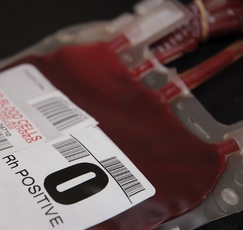Acute Transfusion ReactionsSeveral factors increase the risk of an acute reaction to blood products. These include ABO incompatibility, pregnancy or prior transfusion, transplants or immunocompromised status, and IgA deficiency. Symptoms include fever, headache, nausea and vomiting, or anxiety. Pallor may be seen with severe anemia. Pain along the infused extremity is a more specific symptom for acute hemolytic transfusion reaction.
Evaluation of An Acute Reaction
0 Comments
Leave a Reply. |
Categories
Archive
February 2018
Please read our Terms of Use.
|

